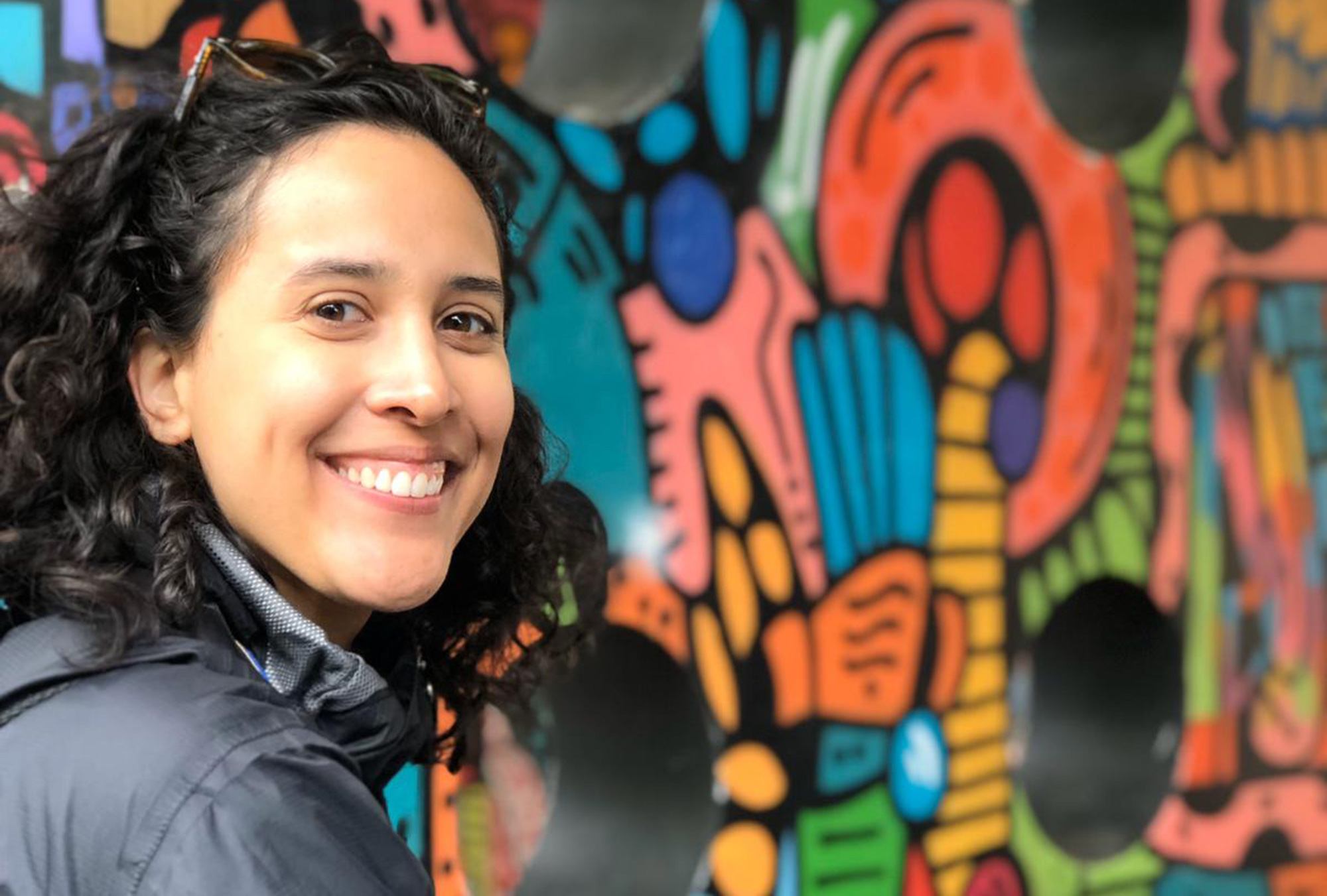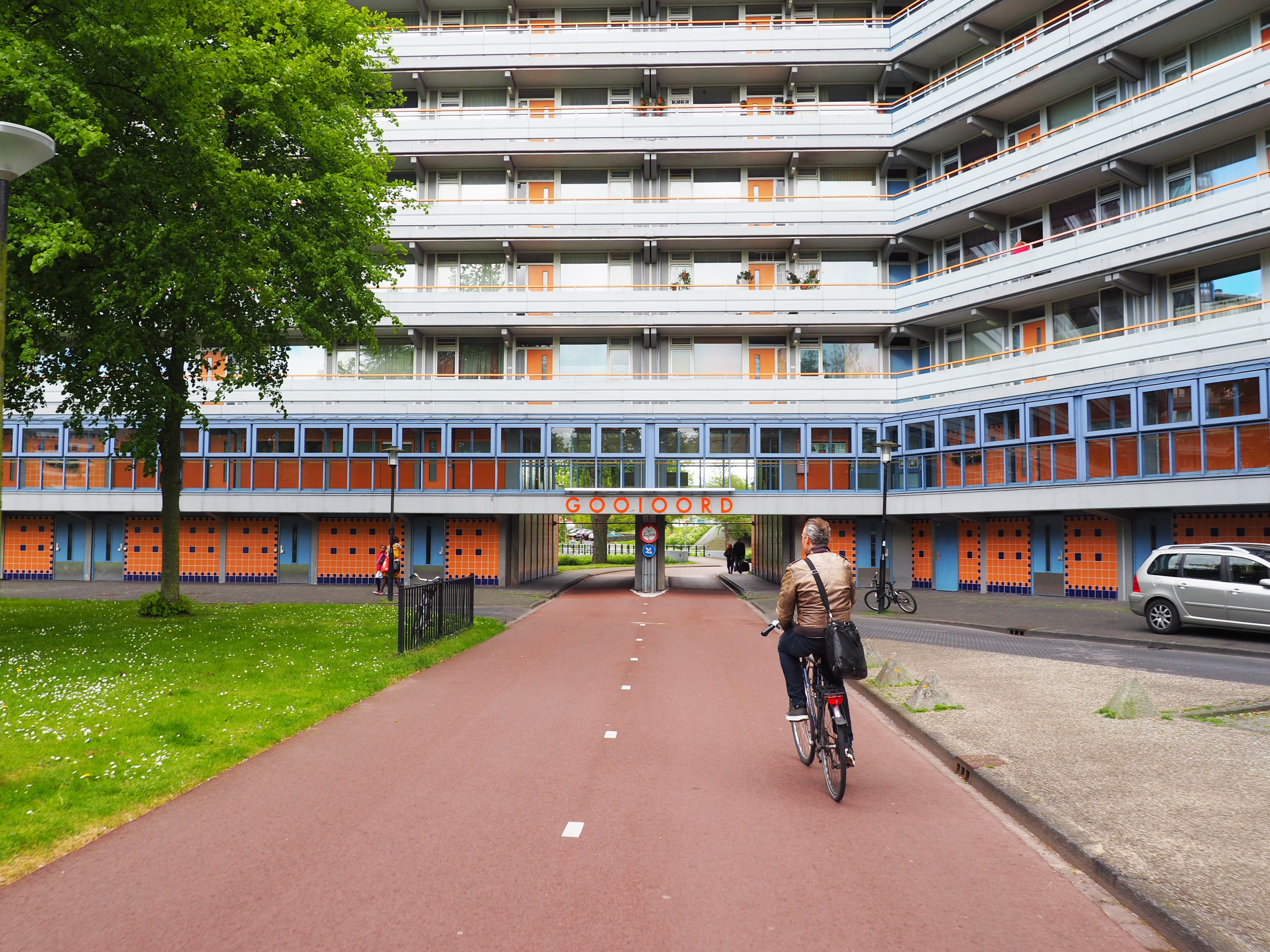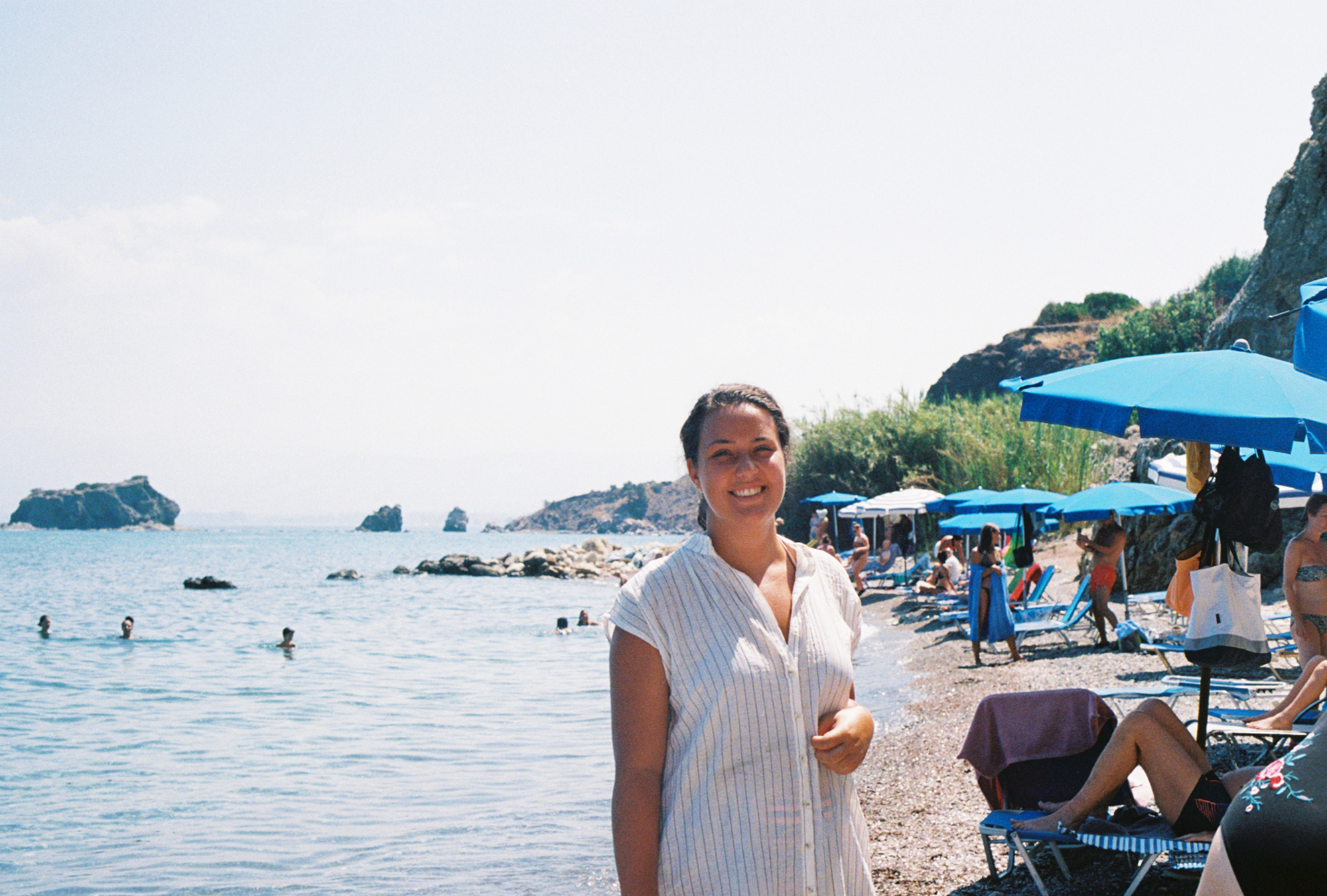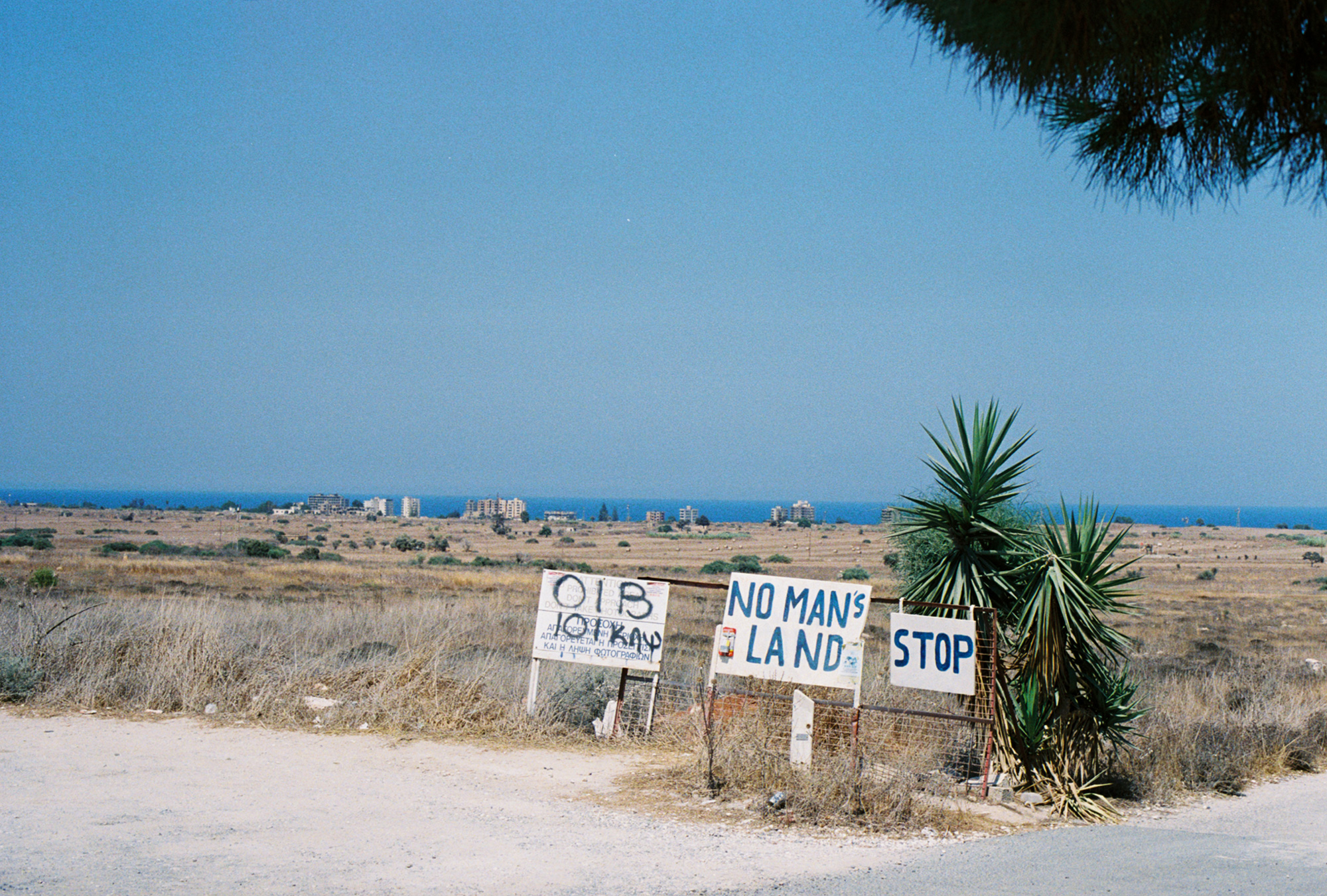11.02.20 - Students travel far and wide with assistance from a Daniels Faculty travel award
The Peter Prangnell Award, given annually to as many as two students enrolled at the Daniels Faculty, provides crucial funding for research-related travel. This year's recipients, Diana Franco Camacho and Alexia Hovis, used their award money to finance trips to European locales that few travellers ever visit. Here's where they went, and what they did there.

Diana Franco Camacho
When Diana was contemplating ideas for her master's thesis project, her thoughts gravitated toward her home country, Mexico — specifically the Conjunto Urbano Nonoalco Tlatelolco, a mid-20th-century high-rise apartment community located near the centre of Mexico City. The giant, modernist tower complex (it sprawls over nearly an entire square kilometre) was designed by famed Mexican architect Mario Pani.
Tlatelolco was once an attractive place to live, but quality of life in the area has been on a steady decline for the past few decades, partly as a result of heavy damage sustained during the 1985 Mexico City earthquake.
Diana was drawn to the site because of a personal connection. "My father grew up in this housing complex," she says. "I have memories of going there as a kid and learning about it."
With her thesis project, which she'll be presenting this spring, she hopes to find ways of using design to return Tlatelolco to some of its former glory. After receiving the Prangnell Award, she arranged a trip to western Europe, where she embarked on a tour of mid-20th-century apartment communities that, unlike Tlatelolco, have successfully revitalized themselves. "I wanted to study best practices," she says.

A scene from the Bijlmermeer. Photograph by Diana Franco Camacho.
One stop on the tour was the Bijlmermeer, a tower complex located in Amsterdam. Like other tower communities of its vintage, the Bijlmermeer had a period of decline. Some of its buildings were demolished, and it gained infamy as a hotspot for poverty and crime. Its reputation was also affected by a tragic accident: in 1992, a commercial jetliner crashed into two of the neighbourhood's apartment structures.
Now, after 25 years of continual urban renewal, the Bijlmermeer has begun to flourish again. Diana was particularly impressed by the way careful renovations have improved the variety of housing types available in the area, making the Bijlmermeer hospitable to people of multiple income levels. She also appreciated the local approach to bike infrastructure. "The bike lanes go underneath the buildings," she says. "They cut tunnels in the podiums so riders can go through. You only see cars in certain areas."
Diana also noted the way the neighbourhood has used public art to overhaul its image. Many tall buildings in the Bijlmermeer are adorned with giant, colourful murals by skilled graffiti artists from around the world. "It's to change the perception," Diana says. "And to tell people, 'we are improving this area for you, and it's exciting to live here.'"
Later, Camacho made a stop in Berlin to visit Marzhan, a community of communist-era concrete towers. It has remained a viable, vibrant neighbourhood over the years, in part because of an intelligent infill strategy. Camacho admired the complex's wide-open spaces and clean sightlines. She also made stops in France, Denmark, Norway, and Sweden.
Now fully armed with ideas, she's back in Toronto and thinking, once again, about Mexico City.

Alexia Hovis
Cyprus, a Mediterranean island nation with a fraught political history, had fascinated Alexia since long before she began work on her Master of Architecture thesis project. Her mother was born and raised there, and her family still owns a home on the island.
The country bears the scars of a 1974 military coup that resulted in a large-scale invasion by Turkish troops. The island is now divided by a United Nations "buffer zone" — a political border that separates the Republic of Cyprus, in the south, from a Turkish-occupied area in the north.
For her thesis, Alexia wanted to explore ways that design might help Cyprus's two separate communities start to forge new relationships. "I saw the project as a way to try to bring the two sides together," she says. "Not in an attempt to solve the problem, but just to make a new relationship with the buffer zone for both communities, and humanize either side to each other."

The UN buffer zone in Cyprus. Photograph by Alexia Hovis.
With funding from the Prangnell Award, Alexia travelled to her family home in Cyprus, which she hadn't visited for more than a decade. From there, she explored the island. Her travels included her first-ever foray north of the buffer zone, into the Turkish-occupied part of the country. "Everything felt less maintained," she says. "And there was more concern for heritage because there wasn't as much western influence and development."
As she travelled, she took careful note of the way Cypriots have learned to coexist with the border that slices through their cities and towns. Although the buffer zone is several kilometres wide in some places, there are spots in Nicosia, the Cypriot capital city, where the zone narrows to just a few metres across.
Alexia was struck by the way the border has melded with everyday life in Cyprus. In some areas, it's defined by flimsy, seemingly makeshift barriers: a pile of oil drums, or a dilapidated concrete wall. She visited a lively Nicosia café that sidled right up against one of those thin barriers, and the experience helped convince her to focus her thesis on eating-related design interventions. When she returned to Toronto, she set about designing a series of informal ways of redefining the buffer zone along culinary lines, including a border-straddling kitchen table, a market, and a community kitchen.
Her travels led her to insights about Cyprus and the buffer zone that she wouldn't have been able to glean from research alone. "The barrier has become so much part of their lives that they don't really think about it," she says. "Without going there, I wouldn't have been confident in saying that my project should be about an everyday activity like eating."

